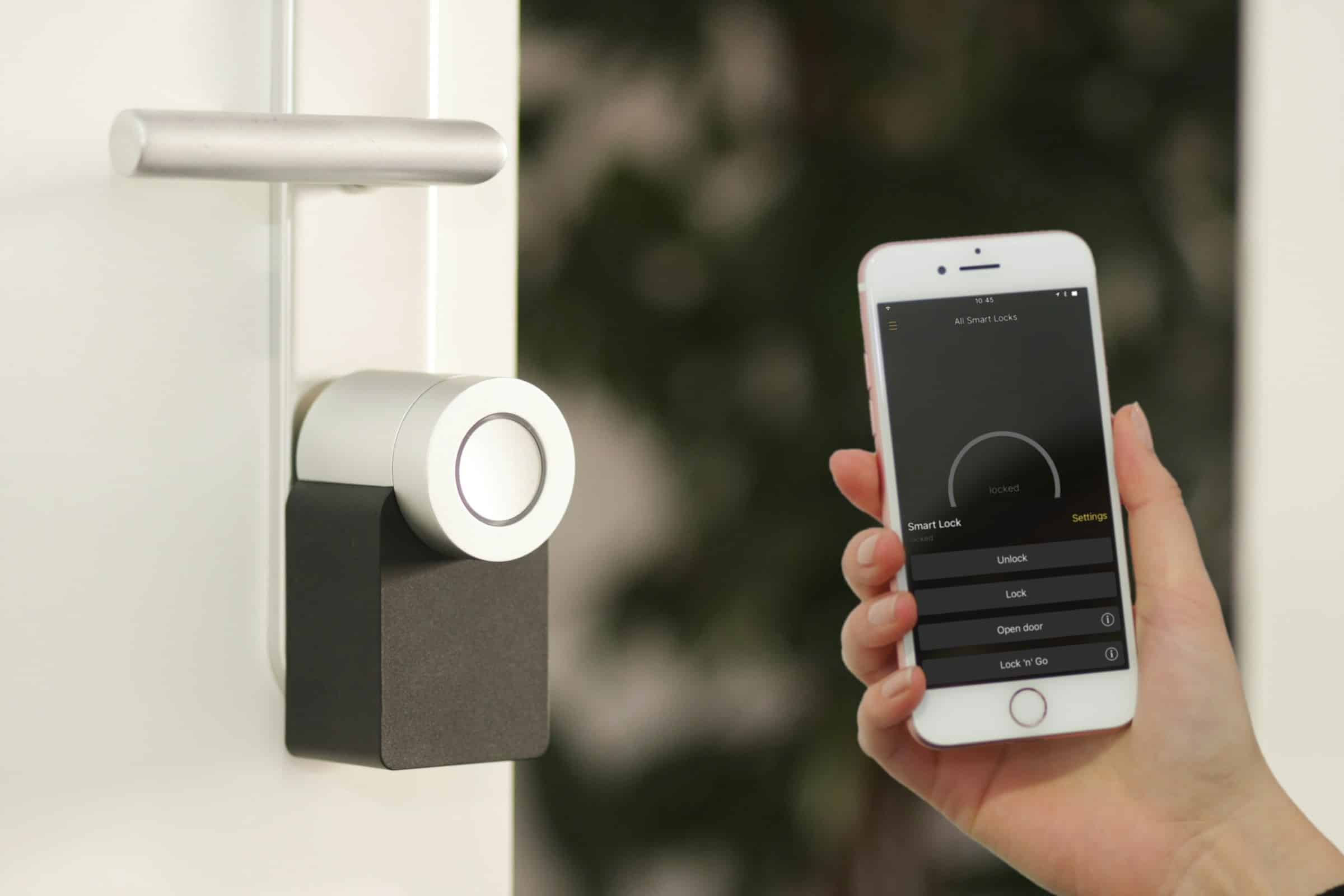Digital transformation is shaping the future of various industries, and the energy sector is no exception. The advent of artificial intelligence (AI) and the Internet of Things (IoT) has challenged traditional methods of energy generation, distribution, and conservation. This combination of AI and IoT is revolutionising the UK’s smart grid technology landscape.
Smart grids are a new breed of energy networks that leverage digital technology to optimise the production and distribution of electricity. They use real-time data to manage the flow of electricity from various sources and ensure efficient use of resources.
A lire aussi : What Are the Implications of AI-Driven Legal Research in the UK?
The Role of AI in Smart Grid Technology
Artificial intelligence (AI) is a game-changer in smart grid technology. It’s not just a buzzword; it’s a practical solution that’s infiltrating every aspect of our lives. In the context of smart grid technology, AI algorithms play an instrumental role in making the power grid more efficient, reliable, and sustainable.
AI is known for its ability to process massive amounts of data in real-time, and this feature is highly beneficial in handling the complex and dynamic nature of smart grids. It can analyze the grid data to predict energy demand, detect anomalies, optimize energy distribution, and manage renewable energy resources effectively.
Cela peut vous intéresser : How Can 5G Technology Enhance Smart City Solutions in the UK?
For example, Google’s DeepMind AI was used to reduce the energy consumed by their data centres by 40%. This incredible achievement was possible due to AI’s real-time data processing and predictive capabilities.
Another notable application is the use of AI in predictive maintenance of power grid infrastructure. It can predict equipment failures before they occur, thus reducing unplanned outages and improving grid reliability.
Adoption of IoT in Smart Grid Systems
The Internet of Things (IoT) is another cornerstone technology that is enhancing smart grid systems. It is a network of interconnected devices, each with the ability to collect and exchange data. This technology is crucial in implementing demand response programs and real-time energy management in smart grids.
IoT devices, such as smart meters and sensors, are installed throughout the grid to collect detailed data about energy consumption patterns, grid performance, and potential issues. This data is then transferred to a central system for analysis and further action.
For instance, during peak demand periods, IoT based systems can send signals to connected appliances in homes and businesses to reduce their energy consumption temporarily. This interaction reduces the load on the grid, thus preventing blackouts and promoting energy efficiency.
Similarly, IoT-based smart meters give consumers real-time information about their energy consumption, enabling them to manage their usage more efficiently. Also, it eliminates the need for manual meter reading, thus saving time and reducing errors.
Leveraging AI and IoT in Energy Management
The combination of AI and IoT technology provides a robust platform for advanced energy management. AI algorithms can analyze the data collected by IoT devices to provide actionable insights for the efficient operation of the grid.
This amalgamation also allows for the integration of renewable energy sources into the grid more efficiently. AI can predict the generation capacity of renewable sources based on weather forecasts and adjust the grid operations accordingly. Similarly, IoT devices can provide real-time data about the performance of renewable energy systems.
Moreover, AI and IoT can facilitate energy trading and virtual power plants. Here, consumers with surplus power generated from their solar panels or wind turbines can feed it back into the grid. AI can determine the optimal price for this energy based on supply and demand, and IoT can ensure the smooth transfer of energy between the grid and the consumer.
The Future of Smart Grids: AI and IoT
The integration of AI and IoT in the UK’s smart grid technology is expected to transform the energy landscape significantly. The Crossref scholar network predicts that this integration will lead to the creation of self-healing grids that can automatically detect and isolate faults, thus minimising downtime.
It can also lead to the development of energy-as-a-service models where consumers can customise their energy consumption based on their needs and budget. This model is likely to disrupt the traditional utility business model and pave the way for a consumer-centric energy market.
In conclusion, AI and IoT are not just enhancing the UK’s smart grid technologies; they are reshaping the future of the energy industry. Through their ability to process real-time data, predict trends, optimise resources, and facilitate interaction, AI and IoT are set to revolutionise the way we generate, distribute, and consume energy. Their potential is immense, and the possibilities are endless.
Integrating Renewable Energy with AI and IoT
Renewable energy, a crucial component in reducing carbon emissions, is being integrated into smart grids more efficiently with the help of AI and IoT. Renewable energy sources like solar and wind are variable by nature, as their production depends on weather conditions. This variability can pose stability issues for the power grid.
However, AI and IoT are together solving this issue. AI’s machine learning algorithms, capable of learning patterns in data, can predict the production of renewable energy based on weather forecasts. For example, it can forecast the amount of power a solar panel will generate considering the amount of sunlight, temperature, and the angle of the sun.
On the other hand, IoT devices such as sensors installed on wind turbines can provide real-time data about wind speed and direction, the temperature of the turbine’s parts, and the amount of electricity generated. This information can be used to optimize the operation of the turbine, prevent failures, and even predict the turbine’s output.
Furthermore, AI and IoT are facilitating the creation of virtual power plants, where energy consumers can also become energy producers. Households that generate surplus power from their solar panels or wind turbines can sell it back to the grid. AI can determine the optimal price for this power based on supply and demand, whereas IoT devices can ensure the seamless transfer of energy between the consumer and the grid.
The integration of AI and IoT in UK’s smart grid technologies indicates the onset of a new era in the energy sector. These technologies, through their real-time data processing, predictive analysis, and resource optimization capabilities, are empowering the grid with increased reliability, efficiency, and sustainability.
The prediction by Crossref scholar network indicates the possibility of creating self-healing grids, which can automatically detect and isolate faults. This capability will significantly improve the reliability of the power grid, reducing both downtime and costs.
Moreover, the integration of AI and IoT in energy management will also shift the paradigm from a utility-driven to a consumer-centric approach. Energy-as-a-service models will allow consumers to customize their energy consumption based on their specific needs and budget. This model is likely to disrupt the traditional utility business model, providing consumers with more control over their energy consumption.
Finally, the integration of renewable energy into the power grid will be more efficient and seamless, thanks to AI’s predictive ability and IoT’s real-time data. This will not only help in reducing carbon emissions but will also promote energy independence.
In essence, the advent of AI and IoT is revolutionising the UK’s smart grid technologies and reshaping the future of the energy industry. Their potential is truly immense, and their impact is likely to extend beyond the energy sector, creating ripple effects in the environment, economy, and society at large.











